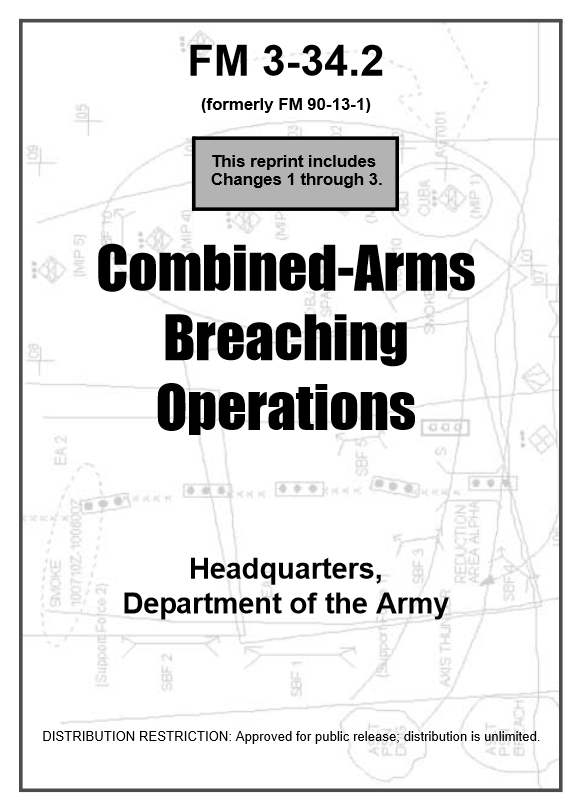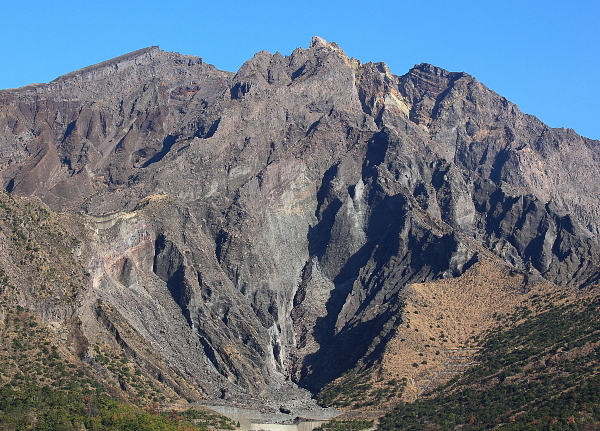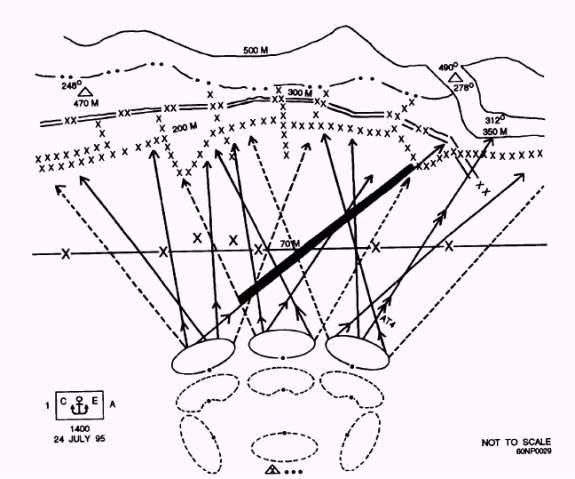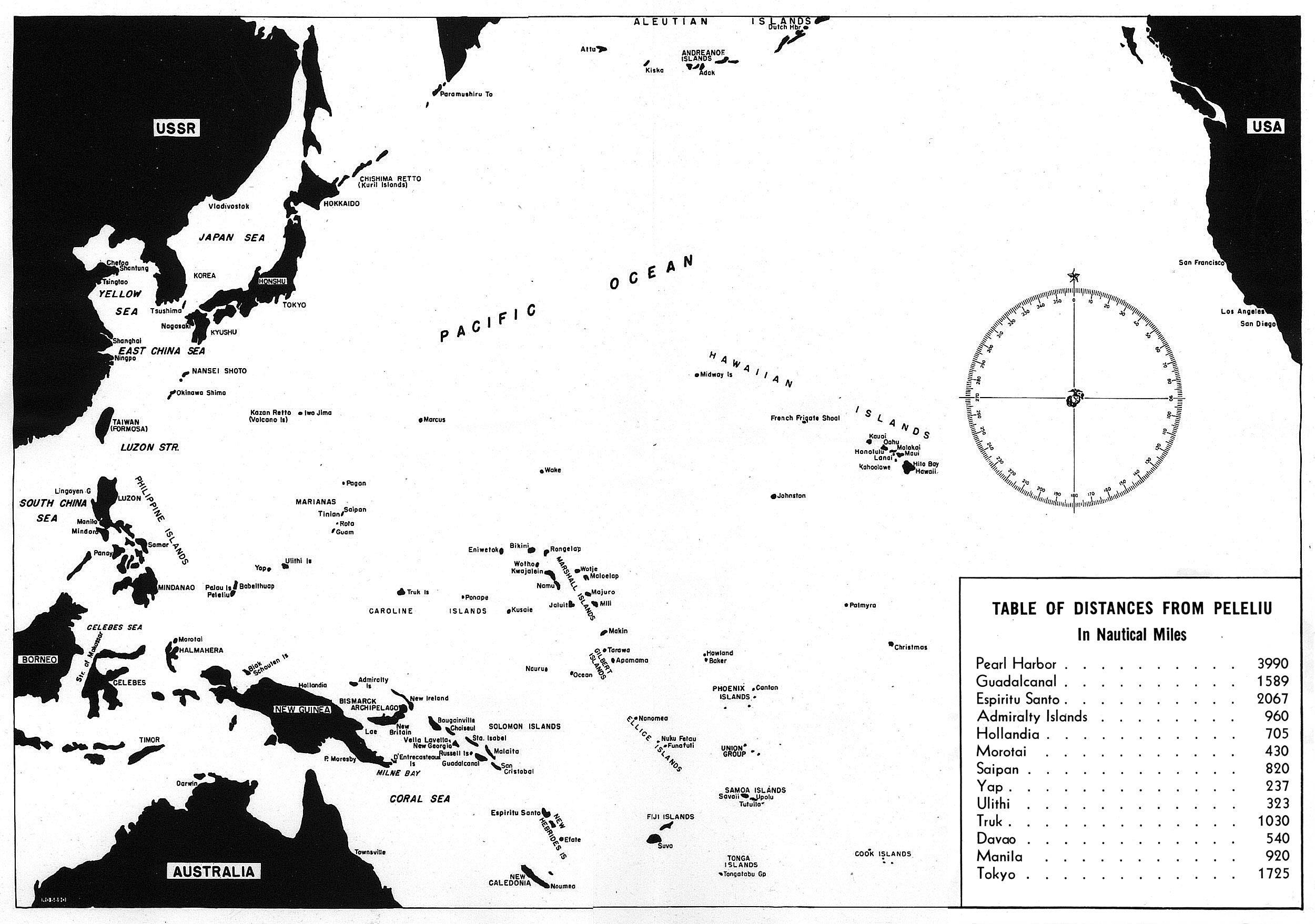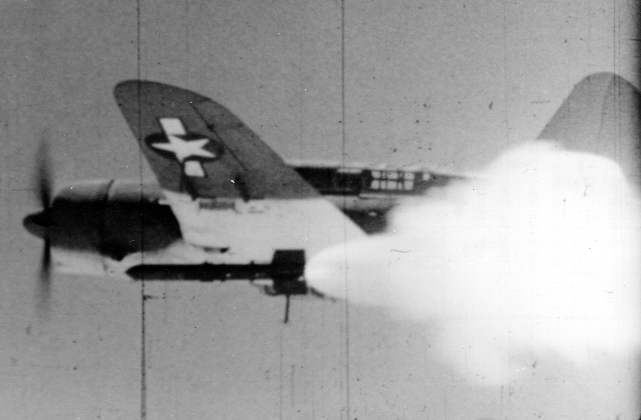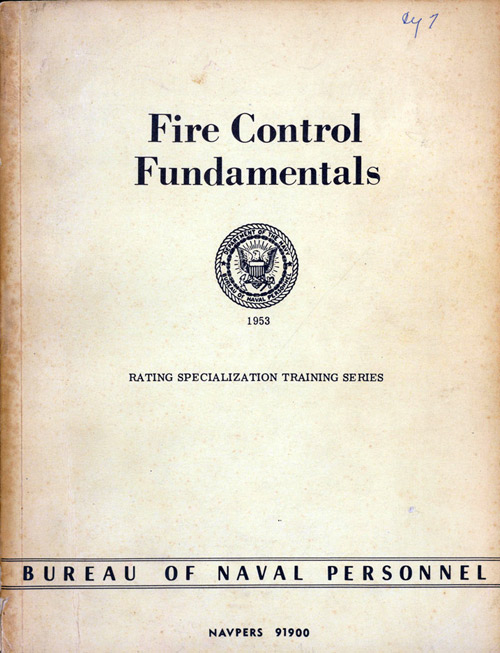[Tuttle got the outline on the next offensive, and picked his spot on one end of it.]
The next planned action was to be perfectly straight-forward – attack everywhere, all at once, using every mortar, gun, aircraft, tank, howitzer, bazooka, rifle, and knife at hand. “Nothing fancy, just meat and potatoes, and lots of it.” I kept my fork and napkin handy. I expected the dinner bell to ring soon.
Sure enough, before first light an earthquake on par with anything this volcanic island has felt in millennia woke me out of the hole I had taken for the night. Thick waves of bombers had come in from over the water, bombing inland objectives by radar . Some bombs may have fallen short, but I couldn’t confirm the details.
The 3rd Marine Division was working up the coast so it would get ample naval support. Small islands near shore gave up huge mounds of themselves as heavy shells made sure they would not present a hazard. The barrage picked up breadth and intensity as it moved inland.
I watched the bombardment from a small high spot with some of the artillery spotters. The bombardment was to spare the roads ahead, for our own use. Corrections were called backed several times after they watched the making of a large pothole through their specialized telescopes.
The division was established in a prosperous small coastal city northwest of Sendai, where a navigable river met a small harbor and a train line. The Marines were to drive another two miles north to the next such nearly identical town.
What drew me to the Third is what it would do next – nothing. The 3rd Marines would be the first large unit to reach the planned “line of advance.” The line is to run generally northeast from there all the way across Kyushu, about 90 miles. Some number of the combat divisions will dig in there and defend what we took, while bases are prepared to support the invasion of Tokyo itself*.
The Marines met little organized resistance today. The knobby terrain had only a few good roads connecting local villages. The Japanese had well disguised but uncoordinated traps set at most intersections or choke points. As usual, the American advance could not be stopped, nor could it move quickly. Ambulances had no trouble keeping up. They made numerous round trips.
* Naturally, this paragraph could not be published at the time and was not even submitted to wartime censors.
